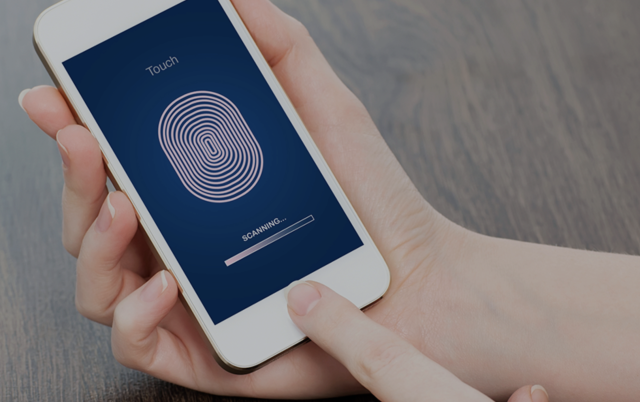The iPhone is a great smartphone but has its fair share of risks. Although Apple has made significant advancements, such as removing expandable storage to reduce the risk of viruses and strengthening more security features inside their operating system and applications, viruses continue to discover ways to target iPhones despite these advancements. Using your iPhone to access the internet can be vulnerable to hackers and other cybercriminals.
To keep your device safe, you need to know what threats are and how they work. So, which are the most dangerous threats for iPhones? Below are a few to look out for:
- Masque Attack-Masque Attack is one of the most dangerous attacks on the Apple ecosystem. It takes advantage of a flaw in Safari to trick users into downloading malicious apps on their iPhones or iPad.
- WireLurker– It’s a piece of malware that can infect your Mac and iOS devices through a USB connection. Once installed, it can steal information from your device and install other malicious apps without your knowledge.
- SSL Flaw-A security researcher discovered a new vulnerability in Apple’s implementation of SSL/TLS protocol that could allow attackers to decrypt HTTPS traffic between an iPhone and a website when either device has been compromised by malware.
- Lock Screen Bypass-This vulnerability allows an attacker to bypass the passcode on an iPhone and gain access to sensitive information like photos, contacts, emails, etc.
What’s The Difference Between Malware and Viruses on Phones Compared to Computers?
Contents
There are many similarities between viruses and malware on computers and cell phones. However, there are also some key differences. The biggest difference is that installing a virus on a computer is much easier than on the phone.
Viruses can be installed whenever you download or open an email attachment, while malware requires you to download something from the web onto your phone. This means you have more control over what you download on your phone than on your computer. Additionally, fewer malicious apps are available in the App Store than in Google Play.
The other main difference between malware and viruses is how they spread. Viruses often use social engineering techniques like spam emails containing attachments that are infected with malware. In contrast, most mobile malware spreads through malicious apps rather than attachments or links in messages or emails (although some may be able to infect devices through links).
Does An iPhone Need Anti-Virus Software?
No! You don’t need to run an anti-virus app on your iPhone because Apple has a built-in security system that fulfills all of the basic functions required by most users.
Is It Possible to Hack Any iPhone, And If So, How Dangerous Can It Be?
Yes, it is possible to hack any iPhone
How dangerous can it be? That depends on what you’re trying to do. If you’re just interested in looking at someone’s private messages or photos, that’s not very dangerous. You could also use a hacked iPhone as a remote listening device or webcam, but again, not very dangerous for the person whose phone was hacked.
If you’re trying to use an iPhone as the gateway for a Denial-of-Service attack (DoS) or other malicious activity against another computer or network, that’s much more serious.
Which Software Is the Safest?
Jailbreaking your iPhone is a great way to get more out of your device by disabling the manufacturer’s antivirus for iPhones. It puts you at risk of coming into contact with viruses and malware. Avira offers essential security improvements. For instance, recognizes and deletes harmful files from your iPhone, alerts pertinent security issues, updates applications safely and a program that checks for shoddy system configurations.
Minor issues with your iPhone might develop into serious issues if not treated properly. Consider installing an Avira antivirus to make sure your iPhone is virus-free and safe.


